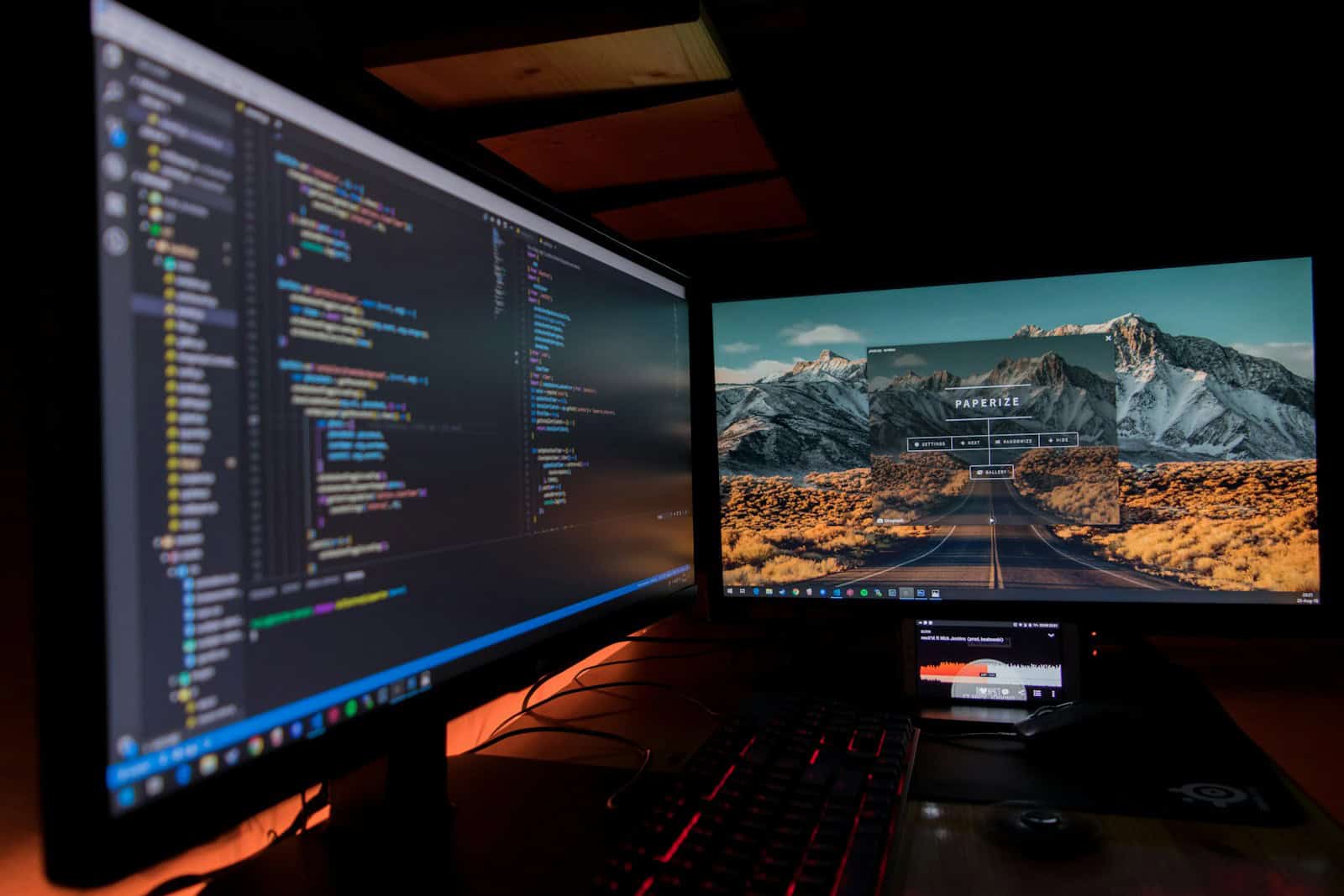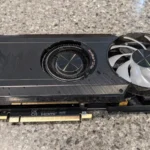Understanding how a monitor functions can significantly improve your viewing experience. One important aspect of display technology is the refresh rate, which is measured in Hertz (Hz). This refers to how many times a monitor updates with new images each second. A higher refresh rate can result in smoother visuals, which is especially important for fast-moving content such as video games or action-packed movies.
While most standard monitors have a refresh rate of 60Hz, gaming monitors can offer 144Hz or more for better performance. To adjust the refresh rate on a Windows PC, you need to access the display settings and select the desired frequency. Some monitors support dynamic refresh rates, which can change on the fly to better match the output of the graphics card.
Refreshing Your Understanding of Monitor Refresh Rates
What is monitor refresh rate, and why should you care? This seemingly technical specification can significantly impact how smoothly your games, videos, and everyday tasks appear on screen. Let’s break it down.
What Exactly is Refresh Rate?
Simply put, refresh rate is the number of times your monitor’s screen updates with new information per second. This is measured in Hertz (Hz). So, a 60Hz monitor refreshes its image 60 times each second.
Why Does Refresh Rate Matter?
Higher refresh rates deliver a smoother, more fluid visual experience. This is especially noticeable in fast-paced games or action movies, where a lower refresh rate might cause motion blur. Lower refresh rates can also make scrolling through web pages or documents feel less smooth.
Common Refresh Rates
| Refresh Rate | Description | Use Cases |
|---|---|---|
| 60Hz | Standard | Most basic monitors and TVs, fine for everyday use |
| 75Hz | Mild improvement | Budget-friendly option for smoother visuals |
| 120Hz | Noticeable difference | Popular for gaming and watching sports |
| 144Hz | High-end gaming standard | Serious gamers who want the smoothest experience possible |
| 240Hz+ | Extreme performance | Competitive gamers and those with top-tier hardware |
Refresh Rate and Response Time
While refresh rate is important, don’t overlook response time. This measures how quickly a pixel can change from one color to another. A low response time complements a high refresh rate by reducing ghosting and motion blur.
Choosing the Right Refresh Rate for You
Consider your needs and budget. Casual users can likely stick with 60Hz or 75Hz, while gamers might want to invest in 120Hz or 144Hz.
Key Takeaways
- Monitor refresh rate, measured in Hertz (Hz), indicates how many times the display updates per second.
- Higher refresh rates can improve visual smoothness, important for dynamic or fast-moving content.
- Changing the refresh rate in Windows is performed via the display settings, where a specific rate can be chosen based on monitor support.
Understanding Monitor Refresh Rates
Monitor refresh rates are key for smooth visuals on a screen. They measure how often a display updates with new images each second.
Fundamentals of Refresh Rates
Refresh rate, noted in hertz (Hz), is the speed at which a monitor’s display updates. A higher Hz number means more updates per second. The common starting point for monitors is 60 Hz. This is fine for everyday tasks. For more fluid visuals, monitors may offer 120Hz, 144Hz, or even 240Hz.
Impact on Gaming and Productivity
For gamers, a higher refresh rate can mean smoother gameplay and less input lag. This makes fast-paced gaming more enjoyable. Casual gamers might be happy with 60Hz, while competitive players often want 144Hz or more. In work settings, a higher refresh rate can help with eye strain and provide a cleaner experience when scrolling through text or images.
Technological Aspects
Monitors connect to computers via cables like HDMI or DisplayPort. New tech in these cables lets them handle higher resolutions and refresh rates. A graphics card, or GPU, must support the monitor’s refresh rate for it to work right. Without a strong GPU, a monitor’s high refresh rate won’t improve visuals.
Types of Panel Technologies
Different panel types affect image quality and viewing angles. IPS panels have great color and wide angles, making them popular for their visuals. VA panels offer good colors and deeper blacks. TN panels tend to have faster response times, which is why some gamers pick them, even if they don’t match IPS or VA panels in color or viewing angles.
Refresh Rate and Screen Resolution
A monitor’s resolution tells you how many pixels it has. Common resolutions include 1080p and 4K. Higher resolution usually means clearer images, but it demands more from the GPU. A monitor with high refresh rate and high resolution gives a great experience but needs a strong GPU to keep up with the demands. Lower resolution can be better for higher refresh rates if the graphics card can’t handle both.







